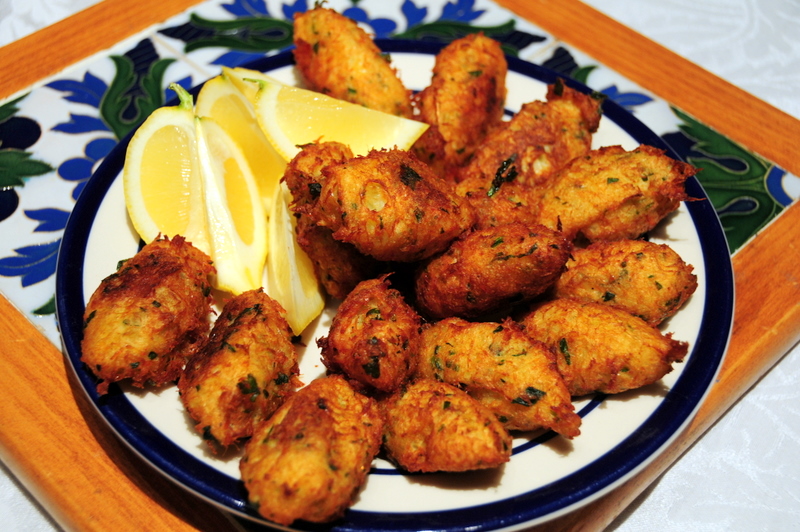Here are some things that you want to know before buying shrimp.
Quick Guide to Cooking Shrimp
- Leave Shell On.
- BROIL: Move rack to the second from the top. Toss in EVOO and Old Bay Seasoning, Broil with shell on for two minutes first side, and one minute second side. Put in freezer for five minutes
- SKILLET: Preheat skillet to medium high, then cook exactly like broil
- BOIL:
Shrimp off South Eastern US Coast
- Brown – June to August – Texas
- Pink – Florida
- White – August to December (more abundant)
In Europe large shrimp are called Prawns. In the US a prawn is a fresh water shrimp.
Shrimp Size Guide
- Extra Colossal: 5 to 8 per pound (Remove vein)
- Colossal: 8 to 14 per pound (Remove vein)
- Extra Jumbo: 14 to 18 per pound – Grill (Remove vein)
- Jumbo: 18 to 24 per pound – Grill (Remove vein)
- Extra Large: 24 to 30 per pound – Cocktails (Remove vein)
- Large: 30 to 36 per pound – Cocktails (Remove vein)
(devein this, and anything larger than this – scissors are good for this)
- Medium Large: 36 to 42 per pound – Spring rolls
- Medium: 42 to 50 per pound
- Small: 50 to 60 per pound – Bisque
- Extra Small: 60 to 80 per pound – Bisque
Another way to size shrimp is Tails per Pound
- 60-70 – EXTRA SMALL SHRIMP
- 26-30
- 21-25
- 16-20
- U-12 – VERY LARGE SHRIMP
I personally don’t like this scale, because what happens if you have 50 or 18 tails per pound? You will see this in some places though.
- If fresh is not available to you, buy “Shell-on Frozen Shrimp”
- Thaw frozen shrimp in 1 C hot water, 1/4 C sugar, 1/4 C salt. Put shrimp in, stir once, then dump in 2 C ice cubes. Rinse and drain on a towel.
- Most “fresh” shrimp in the grocery stores is thawed-out frozen shrimp.
- Thawed shrimp has a shelf-life of only a couple of days versus frozen shrimp which retains their quality for several weeks.
- Avoid frozen shrimp that has already been peeled and deveined which can cause a loss of flavor and texture. Also, do not buy precooked shrimp.
- Cook shrimp in the shell for more flavor
- Defrost shrimp in a brine (1/4 C each salt + sugar) with ice cubes in the water. 20-30 minutes. Shrimp cooks very quickly so defrosting in the sink or microwave is a big no-no.
- Broiling shrimp (or putting in an oven at 450º) develops the flavor better than boiling water. A grill or hot plate also does well. Dry the shell-in shrimp, toss in a bit of EVOO and paprika before broiling. Cook two minutes, flip and cook 1 more minute. Toss in a metal bowl that has been in the freezer.
Things to Look for When Buying
- No black spots
- No fishy smell
- No ammonia or chlorine smell
- Firm bodies
- Not soft or sticky
- No detached body from shell
Supposedly shrimp with the heads and tail still on is the best way to eat
shrimp.
It needs to be cooked at a very high heat and then tossed in something
spicy afterward just before serving.



